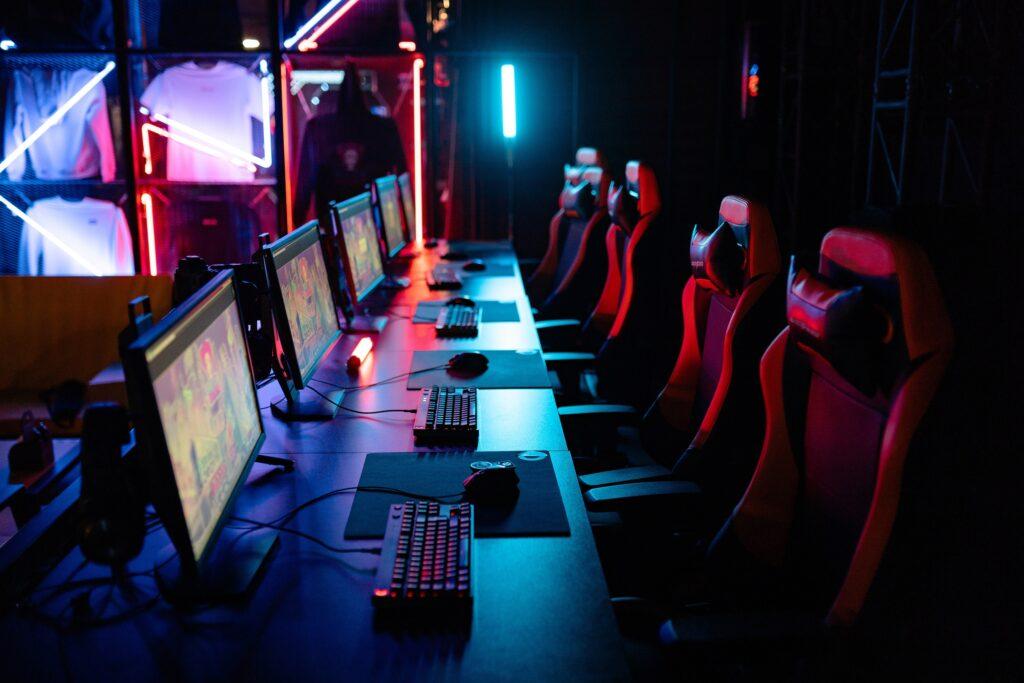On February 18th, tournament organiser ESL revealed the details of its Louvre Agreement aimed at restructuring ownership and revenue-generating opportunities for organisations. The multi-year partnership launched alongside 13 teams was to now provide stake in its ESL Pro League, as well as other benefits in the overall ESL Pro Tour.
The news followed-up on the creation of FLASHPOINT, a new Counter-Strike: Global Offensive league which makes competing teams stakeholders with generous revenue splits. The Louvre Agreement outwardly appeared as ESL’s response to FLASHPOINT, instituting similar measures for its Pro League. Though in contention with one another, ESL seemed to gain the upper hand by securing 13 leading organisations as ‘partner teams’ with room for three more to join and be eligible for the same benefits.
With the weight of this concord, Esports Insider opted to chat with Ulrich Schulze, Senior Vice President Product at ESL, to learn more about the agreement and its structure.

When discussing what qualities ESL sought after in its initial roster of partner teams, Schulze explained that the pre-existing relationships held through WESA was part of the process. “The group consists of teams which were already in WESA and new organisations which represent stability, a strong esports presence and a top of the line CS:GO team,” he explained. “ESL did not select the teams, the teams basically chose each other as partners.”
Only 13 teams were announced as partners of the league, though the agreement itself mentions up to 16 teams being involved. Now the initial partner process is over and done with, questions are presented as to how additional partners will be determined. “Teams can apply to be partner teams, and then a collective vote takes place where each team and ESL has one vote,” said Schulze.
RELATED: ESL establishes long-term partnerships for CS:GO Pro League
The agreement also mentions partner teams being subject to review should they produce consistent poor placements. “Anything that is harmful to the project or straight up illegal for example,” he said of what other factors could lead to a revision of a team’s partnership status.
The executive board behind the league will meet “typically weekly to every second week,” Schulze explained to Esports Insider. Said meetings will be to provide a regular view of the day-to-day operations regarding the league.

In conversations surrounding all of the leagues in CS:GO, sustainability has been a key word; not only for players, but for the teams that house and pay competitors. Specifically with the ESL Pro League, the agreement’s financial terms offer higher revenue percentages for organisations than players.
“The players are getting salaries from their organizations, and they win prize money playing tournaments,” Schulze told Esports Insider. “Those are their sources of income. Sharing revenue with the teams means they can sustain those salaries long term.”
RELATED: FLASHPOINT launches as first team-owned CS:GO league
The agreement also states that the league will have a “draft selection” process for partner teams that are looking to attend ESL circuit events. “Teams get to select events to go to twice every year,” he said of the process. “Every team ranked 20 or higher is eligible. The highest ranked team selects an event, then the second-highest and so on until all partner slots have been selected.”
To wrap up the conversation, the topic shifted to the skepticism surrounding the Louvre Agreement and ESL Pro League. On receiving negative feedback for its new-look league, Schulze said “I think our intent is to let the products speak for themselves as we have done in the past. Ultimately, we need to provide great CS:GO tournaments for everyone to watch.”
While the inspiration of the Louvre Agreement may have come from a competitor, its arrival is a victory for esports nonetheless. The onset of revenue sharing options in CS:GO has caused the term ‘absolute value’ to be thrown around quite a bit in the name of varying percentages; what the ESL Pro League will be able to generate from that front will only reveal itself over time. Regardless, the structure of the agreement puts a point on the board for sustainability – an area of the industry still being worked out.
Esports Insider inquired about supposed key performance indicators and specific benchmarks baked within the agreement as reported by DBLTAP, but did not receive comment.
ESI New York 2020 – Find out more
Read the original post: ESL’s Ulrich Schulze on Louvre Agreement, Pro League changes


